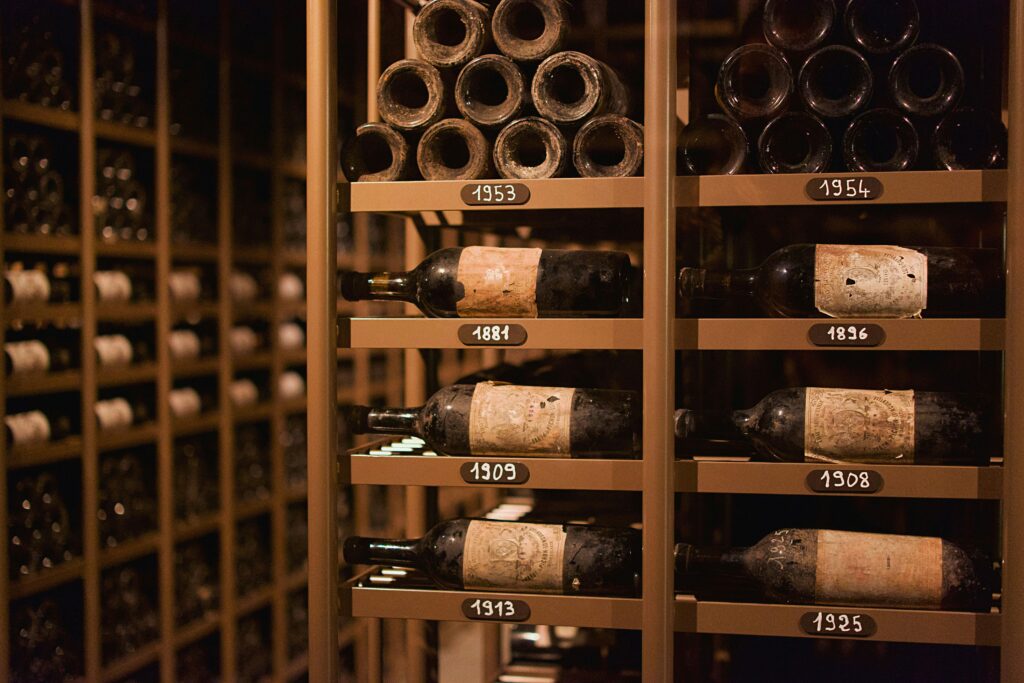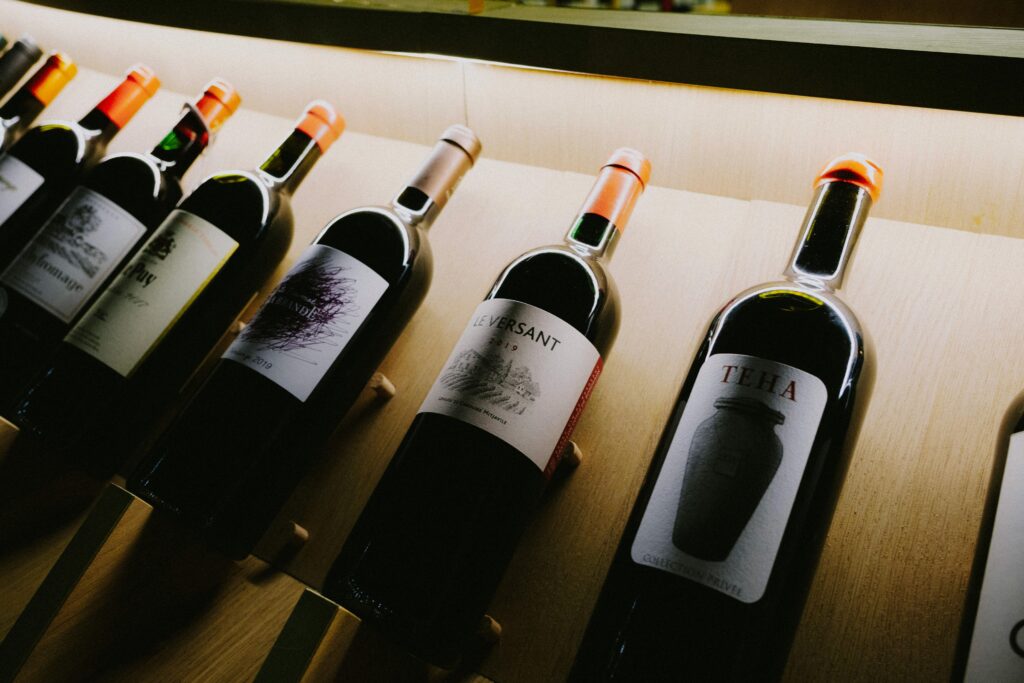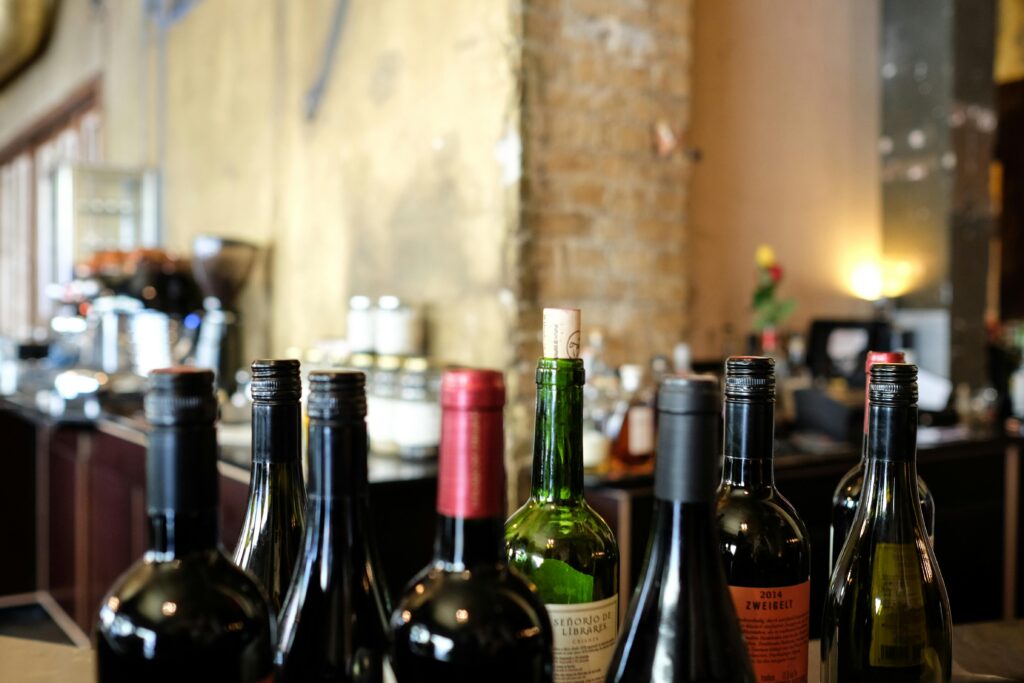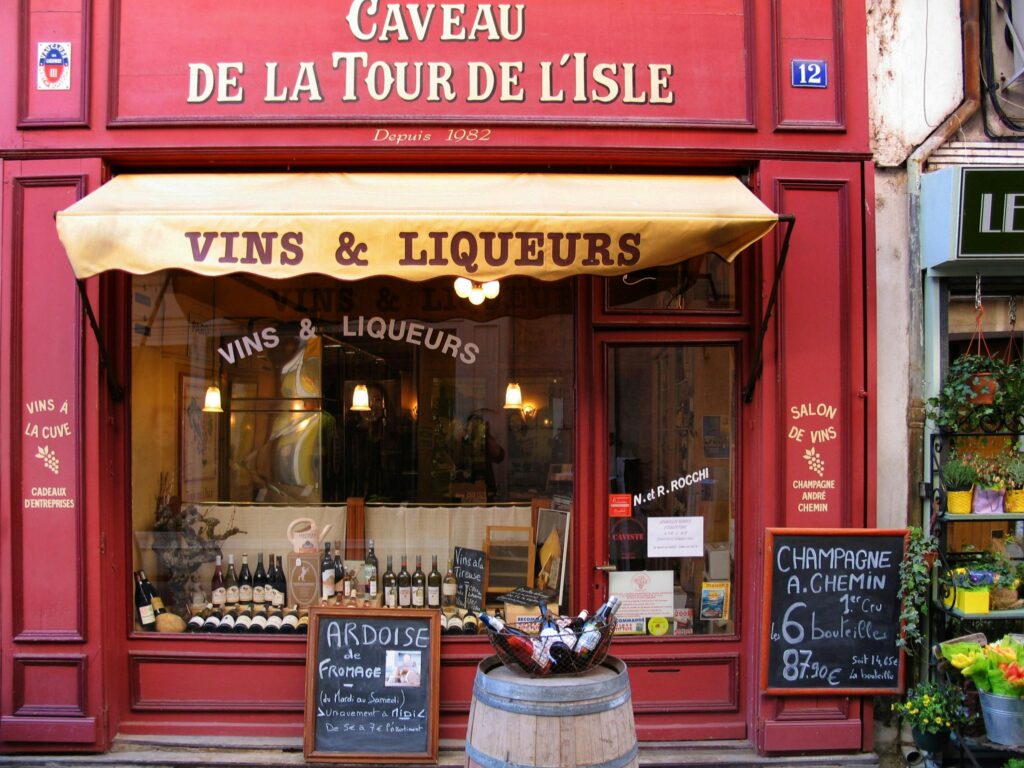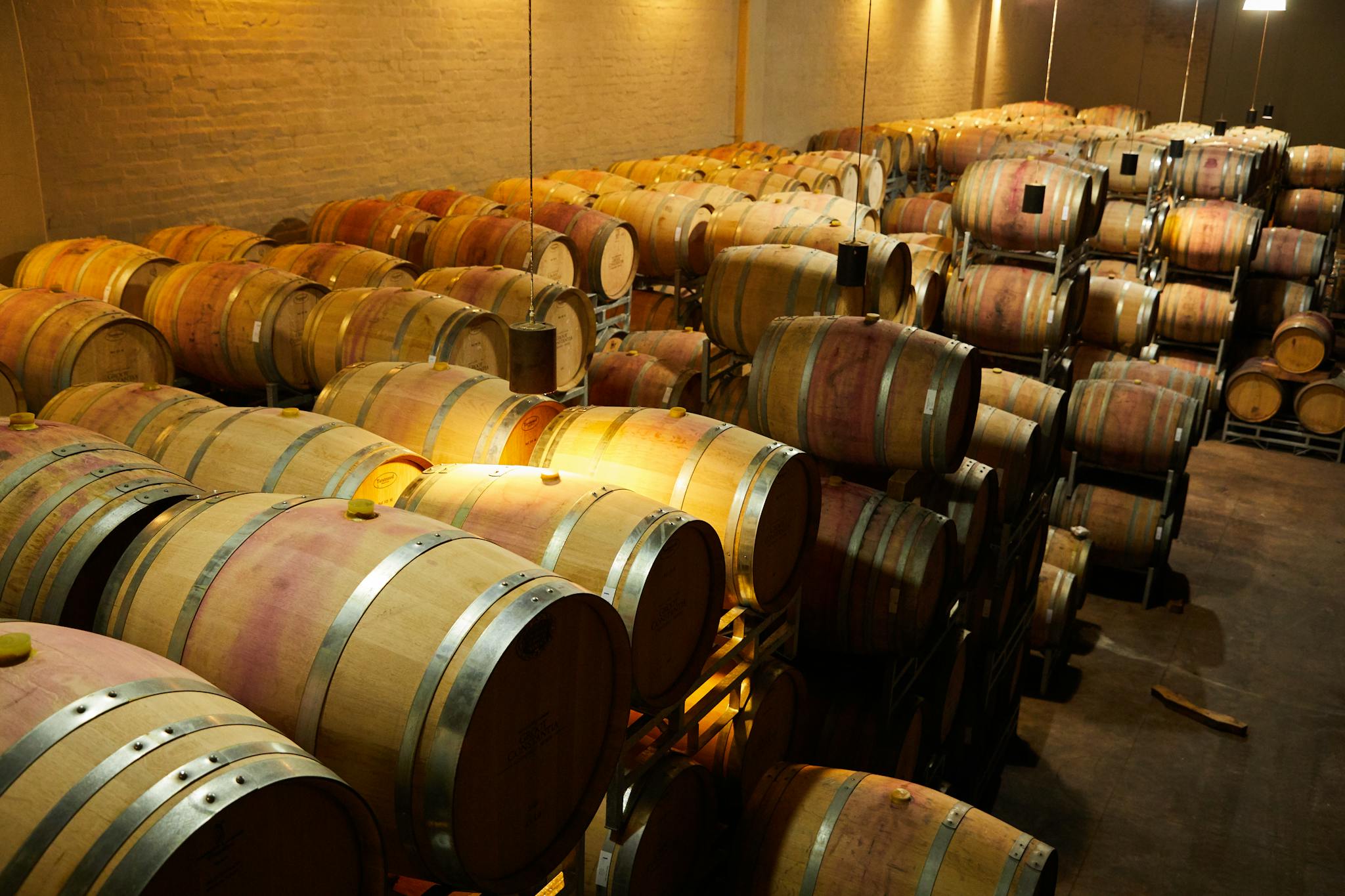Social media has changed the way businesses promote their products, and the wine industry is no exception. In the past, wineries relied on word of mouth, advertisements in magazines, and in-person tastings to reach customers. Today, social media platforms like Instagram, Facebook, and TikTok allow wineries to connect with a larger audience in a more engaging way.

One of the biggest benefits of social media is that it helps wineries tell their story. Wine is not just a drink; it has history, tradition, and passion behind it. Through photos, videos, and posts, wineries can show the beauty of their vineyards, the process of making wine, and the people behind the scenes. This personal touch makes customers feel more connected to the brand.
Another advantage is the ability to interact with customers directly. People can ask questions, share their experiences, and even give feedback instantly. This two-way communication helps wineries understand what their customers like and what they are looking for. It also creates a sense of community, making customers feel like they are part of something special.
Social media also plays a key role in wine education. Many people want to learn more about wine but may find it intimidating. Wineries and wine experts use social media to share easy-to-understand information about different types of wine, how to pair them with food, and how to taste them properly. Short videos and live sessions make learning about wine fun and accessible for everyone.
Influencers and wine bloggers also have a strong impact on wine marketing. When a popular influencer shares a review or posts a photo of a particular wine, it can reach thousands or even millions of people. This kind of exposure can boost sales and introduce a wine brand to new customers. People tend to trust recommendations from influencers they follow, making this type of marketing very effective.
Online sales have also grown due to social media. Many wineries use social media to promote special deals, announce new releases, and direct customers to their online stores. With just a few clicks, customers can discover a wine they like and order it without leaving their homes. This convenience has made buying wine easier than ever before.
The power of social media in wine marketing cannot be ignored. It allows wineries to share their stories, engage with customers, educate wine lovers, and sell their products more efficiently. As social media continues to evolve, wineries that embrace it will have a strong advantage in reaching new audiences and growing their brands.
